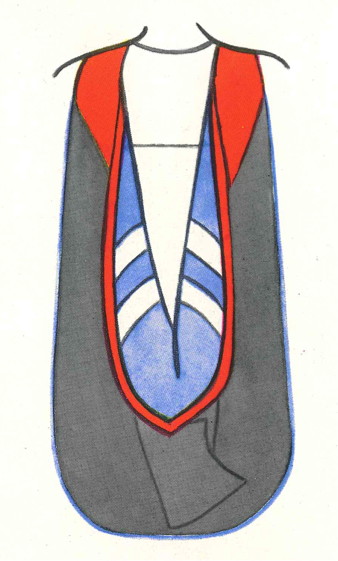Washington and Lee University
Virginia
1749
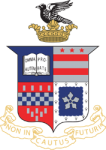

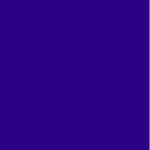
When and why Washington & Lee College selected blue and white is not known at this point. Most vintage tobacco cards, silks, pennants, and other memorabilia from the college depict a dark shade of blue; today it is often described as royal blue.
Citations in the World Almanac (listed by cover date; color information is from the previous year): blue (1895); blue/white (1896-1931); white/blue (1934-1935)
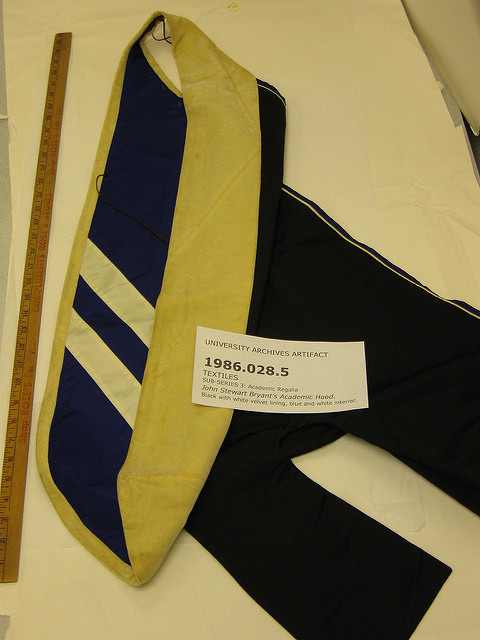
The next IBAC description of the university’s hood was from 1927; in that citation there were two modifications to the c.1912 description. First, the hood lining was more specifically defined as Yale blue, which is how the Intercollegiate Bureau described a dark blue shade in their materials. Second, the two white chevrons were now described as reversed chevrons. Evidently the Bureau reversed (or “inverted”) the chevrons in Washington & Lee’s hood between 1912 and 1927, as the College of William & Mary archives possesses a 1911 Washington & Lee hood manufactured by the Cotrell & Leonard firm (the depository for the IBAC) that displays standard white chevrons.
The IBAC probably reversed Washington & Lee’s chevrons to resolve the duplication problems between the assigned hood linings of Washington & Lee, the University of Connecticut, and Villanova University, the latter two schools having been described (c.1927) as having a Yale blue hood lining with two white chevrons. In subsequent Intercollegiate Bureau sources, the 1927 description of Washington & Lee’s hood lining (Yale blue with two reversed white chevrons) did not change, but in a later non-IBAC source, History of Academic Caps, Gowns and Hoods (1940), Washington & Lee was ambiguously stated as having a hood with two chevrons without indicating the direction of the chevrons.
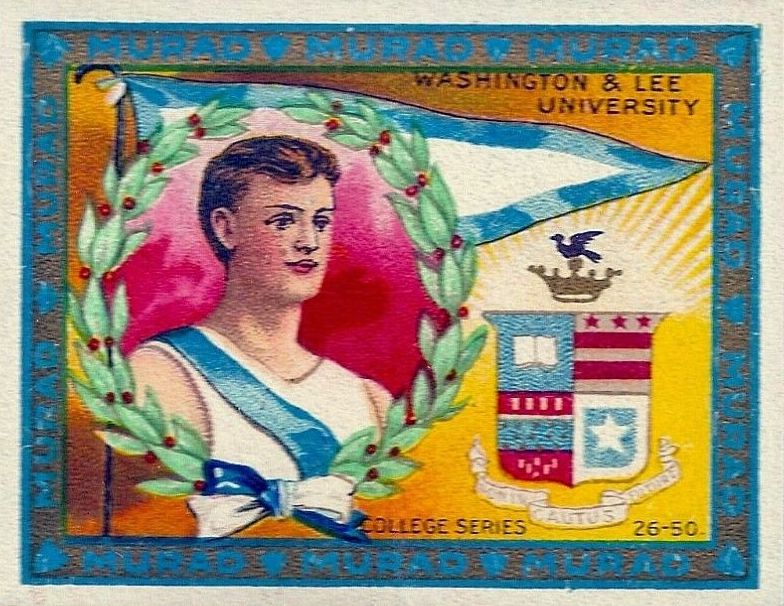
The chapter on American academic hoods in the 1923 edition of The Degrees and Hoods of the World’s Colleges and Universities by Frank Haycraft included a description of the 1895 Intercollegiate Code of Academic Costume and a long list of schools, each with a description of its hood lining. The chapter was written in a way that implied that this list was from the Intercollegiate Bureau of Academic Costume (IBAC). Actually, most of Haycraft’s American hood information was out of date (from c.1912) or inaccurate, derived from a chart of college colors in the 1909 and 1910 editions of the World Almanac, with the first color in this chart interpreted by Haycraft to indicate the lining color of the school’s hood and the second color in the chart interpreted to indicate the chevron color of the school’s hood. That said, some of the schools in Haycraft’s book did not appear in the 1909 and 1910 editions of the World Almanac, or were listed differently in those sources. So apparently Haycraft was given a short list of college and university hoods from the IBAC and he supplemented that information with data from the 1909 or 1910 World Almanac.
Washington & Lee University is an example of an institution with a hood lining description in Haycraft that was not in the 1909 and 1910 editions of the World Almanac, which suggests that the university’s hood lining cited by Haycraft was probably from information he received from the Intercollegiate Bureau around 1912. Haycraft described Washington & Lee’s hood lining as blue with two white chevrons.
